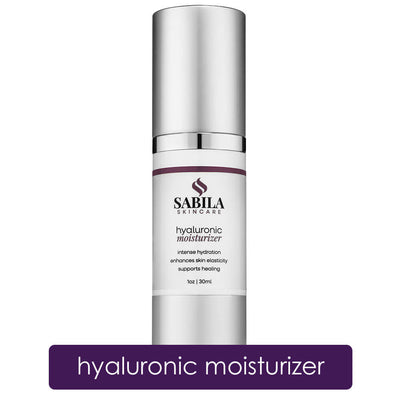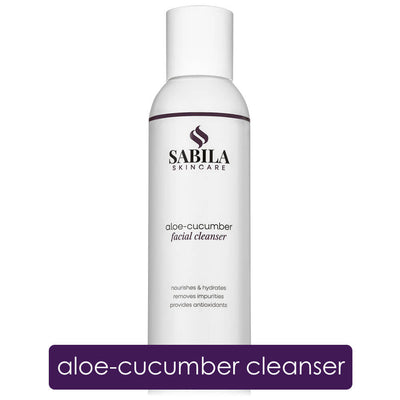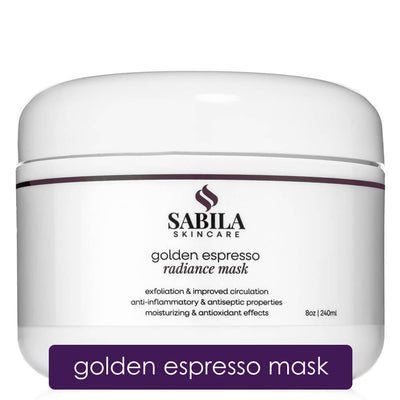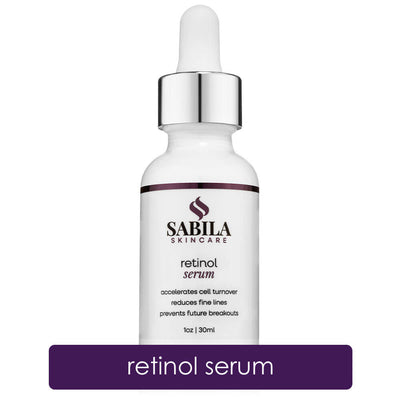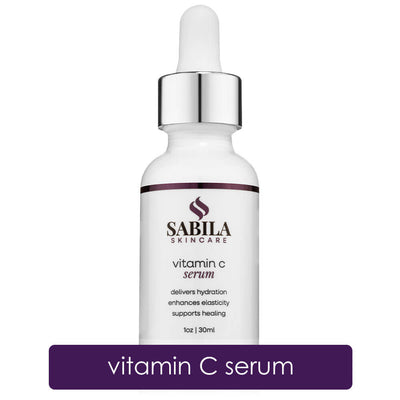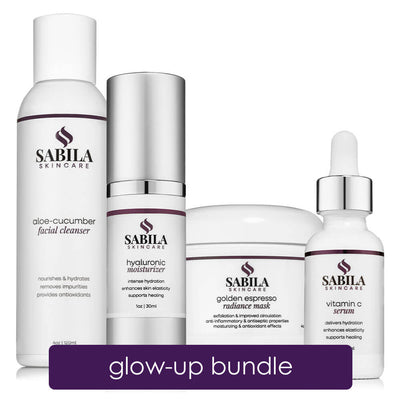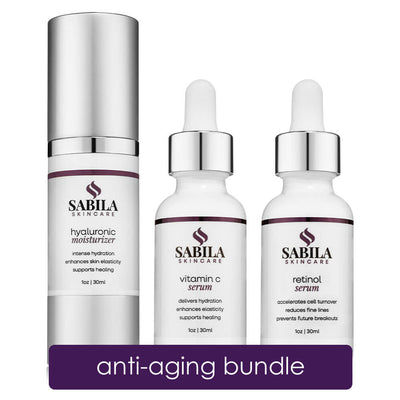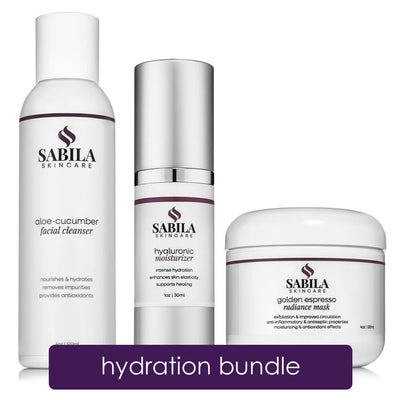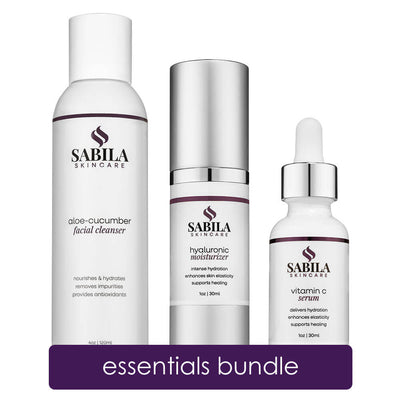For many, shaving is a routine part of their skincare regimen. However, unlike other beauty steps, it's the one most prone to causing nicks, cuts, or immediate discomfort. If you've ever experienced razor burn, you know how irritating it can be. Fortunately, with the right knowledge and a few natural remedies, you can soothe razor burn when it occurs or even prevent it altogether, leaving your skin smooth, healthy, and radiant.
What is Razor Burn?
Razor burn is a common skin irritation that occurs after shaving, characterized by redness, itching, and a burning sensation on the shaved area. In more severe cases, it can lead to small red bumps or a rash. This uncomfortable condition can affect any part of the body that is shaved, including the face, legs, underarms, and bikini line.
How Do You Get Razor Burn?
Razor burn can be triggered by one or more factors related to the shaving process. If you’re experiencing razor burn, consider these common causes:
- Using a dull blade: A blunt razor can drag against the skin, causing irritation and microscopic tears.
- Shaving too quickly: Rushing through your shave can lead to uneven pressure and multiple passes over the same area, increasing the risk of irritation.
- Dry shaving: Shaving without water or a proper lubricant, like shaving cream or gel, causes more friction and leads to increased risk of razor burn.
- Sensitive skin: Some people’s skin is more prone to irritation from shaving. If you often experience razor burn or skin irritations, you may have sensitive skin and need to take extra precautions to keep your skin calm and protected.
- Shaving against the grain: Shaving in the opposite direction of hair growth can cause hair to be cut below the skin surface, leading to ingrown hairs and irritation.
Avoiding Razor Burn
When it comes to preventing razor burn, taking proactive steps is key. Here are some tips to help you avoid those unwanted bumps:
- Exfoliate: Exfoliating helps remove dead skin cells and prevents hair follicles from becoming clogged. Exfoliating before shaving will result in a smoother, easier shave.
- Use a sharp razor: Replace your razor blade regularly to ensure it remains sharp. A sharp blade reduces friction and the likelihood of skin irritation.
- Prep your skin: Always wet your skin and hair before shaving. A warm shower or a damp, warm towel can soften the hair and open up your pores, making shaving easier and less irritating.
- Use shaving cream or gel: Apply a generous amount of shaving cream or gel to create a protective barrier between the blade and your skin. This reduces friction and helps the razor glide smoothly.
- Shave with the grain: Shave in the direction of hair growth to minimize irritation and avoid cutting hair below the skin surface.
- Take your time: Shave slowly and carefully. Rushing can lead to nicks, cuts, and increased irritation.
- Moisturize after shaving: After you shave, rinse your skin with cool water and apply a gentle, alcohol-free moisturizer to soothe and hydrate your skin.
Natural Remedies for Treating Razor Burn
If you already have razor burn, don't worry! There are plenty of natural remedies that can help soothe and heal your skin. Here are some of the best:
- Aloe Vera
- Why it works: Aloe vera has anti-inflammatory and cooling properties that can soothe irritated skin and promote healing.
- How to use it: Apply pure aloe vera gel directly to the affected area. Leave it on for at least 30 minutes, then rinse with cool water. Repeat as needed.
- Coconut Oil
- Why it works: Coconut oil is a natural moisturizer with antibacterial properties that can help reduce inflammation and prevent infection.
- How to use it: Apply a small amount of virgin coconut oil to the razor burn. Gently massage it into the skin and leave it on. There's no need to rinse it off.
- Tea Tree Oil
- Why it works: Tea tree oil has antiseptic and anti-inflammatory properties that can help reduce redness and prevent infection.
- How to use it: Dilute a few drops of tea tree oil in coconut oil or olive oil and apply it to the affected area. Leave it on for 15-20 minutes before rinsing with cool water. Use this remedy once or twice daily.
- Witch Hazel
- Why it works: Witch hazel is a natural astringent that can reduce inflammation and soothe irritated skin.
- How to use it: Soak a cotton ball in witch hazel and apply it to the razor burn. Let it dry on the skin. Use this remedy two to three times a day.
- Honey
- Why it works: Honey has antibacterial and anti-inflammatory properties that can help soothe and heal razor burn.
- How to use it: Apply a thin layer of raw honey to the affected area. Leave it on for 10-15 minutes, then rinse with cool water. Repeat as needed.
- Cucumber
- Why it works: Cucumber has cooling and anti-inflammatory properties that can help reduce redness and soothe the skin.
- How to use it: Slice a cucumber and place the slices on the affected area. Leave them on for 10-15 minutes. Repeat as needed.
- Oatmeal
- Why it works: Oatmeal has anti-inflammatory and moisturizing properties that can help soothe irritated skin and reduce itching.
- How to use it: Mix ground oatmeal with water to create a paste. Apply the paste to the affected area and leave it on for 10-15 minutes. Rinse with cool water. You can also add oatmeal to a lukewarm bath and soak in it for 15-20 minutes.
Razor burn can be a nuisance, but with the right approach, you can treat and prevent it effectively. By following proper shaving techniques and using natural remedies, you can keep your skin smooth, healthy, and irritation-free.
Continue your journey by heading back to the Sabila Skincare Blog for more tips, tricks and expert advice, or explore our exclusive range of natural skincare products crafted to harmonize with your skin’s natural rhythm and unlock its glorious potential.
